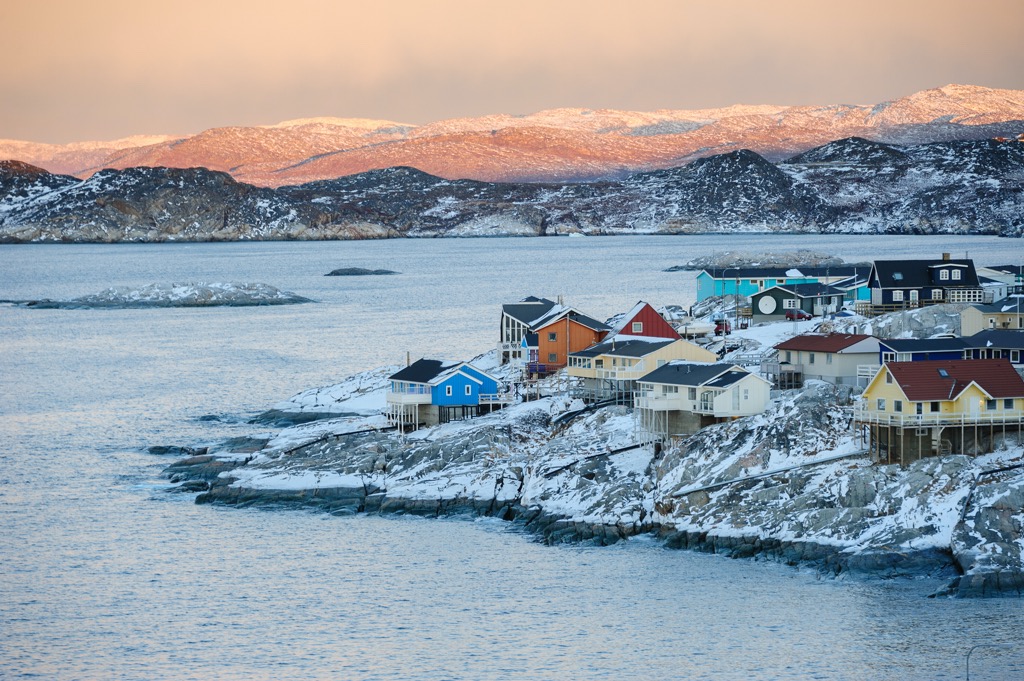Silver would make up 31% of the project revenues, followed by zinc, at 29%.
“The updated DFS confirms the Kudz Ze Kayah Project is expected to be an internationally significant, high grade silver project with strong zinc, copper and gold credits. Its low operating costs are anticipated to deliver excellent operating margins and cashflows,” Scott Donaldson, BMC’s president and CEO, said in a release. “When in production, KZK will sit in elite company being one of only a handful of active mining projects worldwide that are in the global top twenty producers for both silver and zinc production. This is independent of the other metal credits.”
Last month, the Yukon Environmental and Socio-Economic Assessment board (YESAB) recommended that KZK move to the permitting stage. Detailed engineering and financing work is expected to start in early 2021. With a 20-month anticipated construction period, BMC expects first production from the project in late 2023.
The latest study envisions mining of the ABM and Krakatoa zones within the ABM volcanogenic massive sulphide (VMS) deposit at KZK, which remains open and lies within a ‘prospective’ district.
Almost 90% of the ore would be derived from open pit operations – underground development would start in the third year of operations, with initial production forecast for year five. The ore would then be treated at a concentrator facility, using conventional flotation, to produce separate zinc, lead and copper concentrates, with precious metal credits.
The concentrates would be hauled to the port of Stewart in B.C. for export to Asian smelters. Although BMC has not yet signed offtake agreements, the company has prepared assays of concentrates for review, and received confirmation that the concentrates are expected to be marketed successfully. Discussions are ongoing with multiple potential offtake parties.
Reserves for ABM remain unchanged from the estimates derived for the 2019 feasibility. These include total open pit and underground reserves of 15.7 million tonnes, at 138 g/t silver, 1.3 g/t gold, 5.8% zinc, 0.9% copper and 1.7% lead. Open pit reserves are estimated using a $29.3 per tonne net smelter return cut-off; underground reserves are based on a $173 per tonne net smelter return cut-off.
For more information, visit www.BMCMinerals.com.




